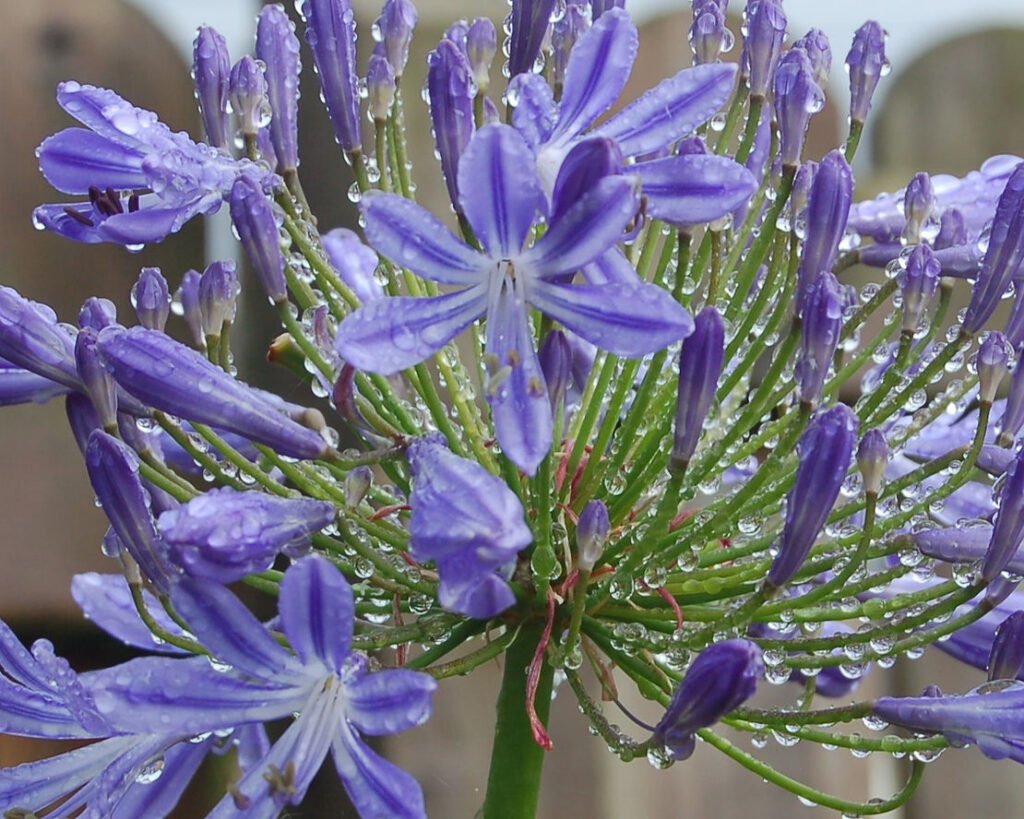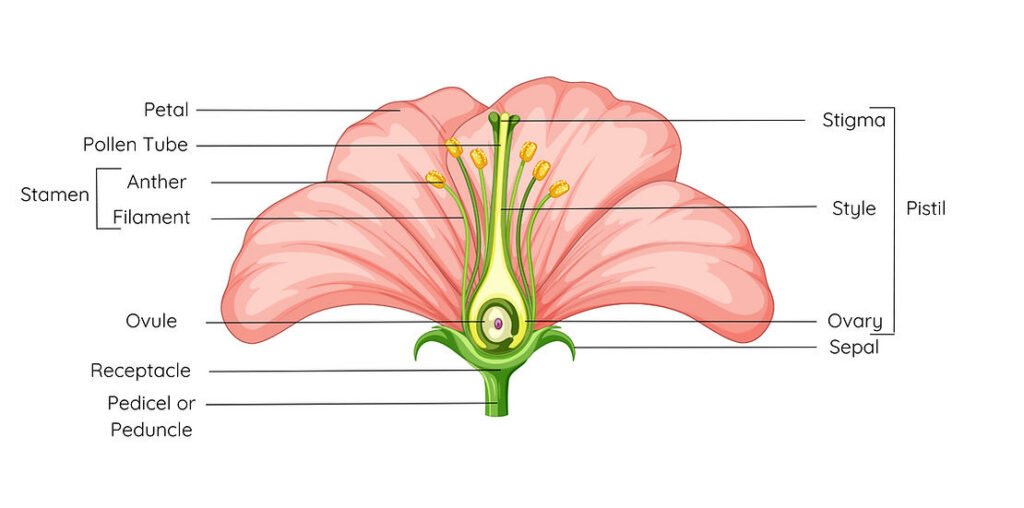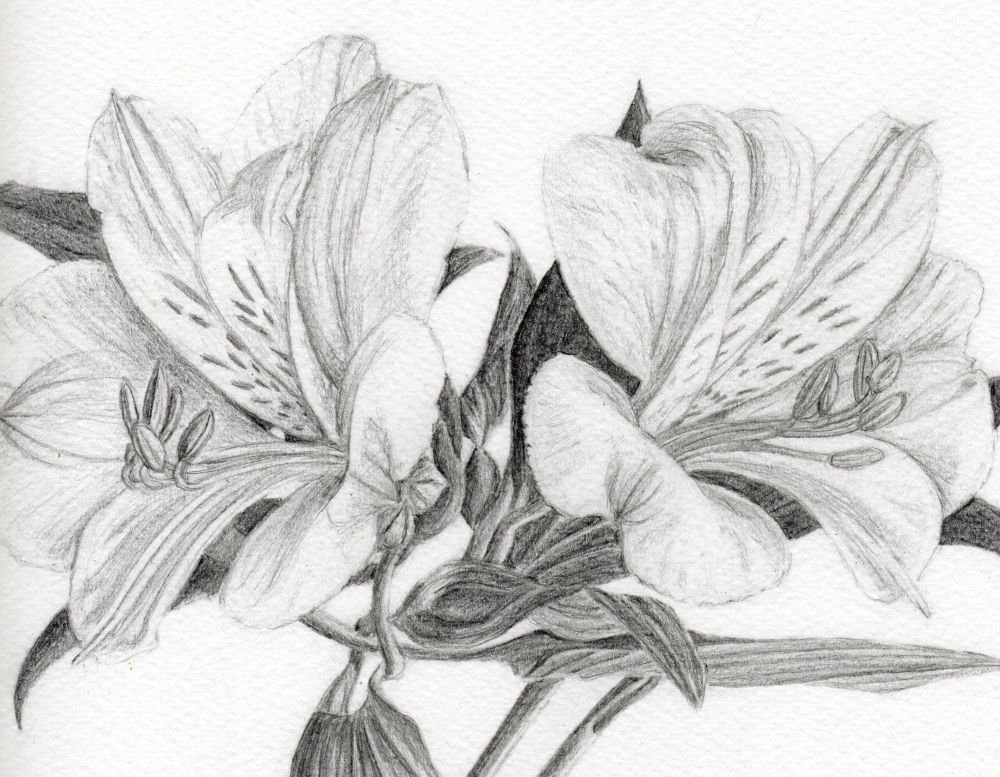As we emerge from winter, it can be hard to remember the wonderful colours and forms of the summer garden. I felt like adding some colour to the blog this week, and so decided to focus on the flowers of summer. They really are the most amazing structures and, although sometimes a challenge to draw, doing so really helps you to appreciate their form. Observing more closely can make us wonder what the parts are for however, and so this blog post will help to answer some of those questions.

We’re just starting to see the first flowers of spring here on the Isle of Man. The crocuses are out and some of the early daffodils are in bloom. They’re a very welcome sight, but I’m really yearning for the glorious colours of summer.
I’ve taken a look through my photos of flowers and it reminded me of the wonderful variety of forms that flowers take. Underlying this variety however, are a number of structures that can be found in all flowers and it can be useful as artists to understand these.

Each year, in early summer, I end up wandering around my small garden with a camera, as I love to capture the blooms when they’re looking their best.
One of my favourites to photograph is the aquilegia that I grew from seed. It’s a variety called ‘Lime Sorbet’ that I bought from sarahraven.com and I have a few of these plants dotted around the garden. They have a wonderful structure when in bud, and especially when fully open as their petals open into delicate layers.
Below, you can see one of the photos I took along with a graphite drawing that I completed a couple of years ago. I’ve added labels to the main anatomical structures of the plant that can be seen, to the drawing.


Some flowers, such as those of the aquilegia, don’t show the inner structures of the flower easily. You have to handle the flower and pull apart the petals to be able to see them. Other flowers, such as alstromeria, have very open flower centres and very prominant stamen and stigma. These are the stick-like protrusions from the centre of the flower that are part of the flower’s reproductive structures.

Flowering plants reproduce through pollination, in which pollen is transferred from the stamen of the flowers of one plant to the stigma of another. This transfer can happen by wind, water, birds, animals and commonly by insects, such as bees and butterflies.
The flowers of insect-pollinated flowers often have brightly coloured petals that give an insect a place to land and access nectar. As the insect reaches for the nectar, the structures of the flower are arranged so that the insect brushes against the pollen that sits on the anthers of the flower, at the ends of the stamen.
The pollen grains contain the male reproductive cells that are then transferred to the stigma of another flower when the insect goes to collect nectar there. The pollen then travels to the ovule of the flower, through a pollen tube and the flower becomes fertilised. Once fertilisation has occurred the flower has done its job and a fruit and seeds can form.

A fantastic resource for learning more about the anatomy of flowers, is the book ‘The Artist’s Handbook of Botany’ by Lizabeth Leech. It’s full of useful and interesting information about the structures of flowering plants and has practical advice on how to draw and paint them.
Take a look at the photos below and see which structures you can spot. It’s amazing how they’ve become so varied in different flower types, but the basic structures are always there.











Leave a Reply